Anne Boleyn
Early Years
Anne Boleyn was born at some point during the first few years of the sixteenth century. Dates of 1501, 1503 and 1507 have all been conjectured, though the earlier dates seem more likely. She was probably born in Norfolk, and baptised in the impressive church at Salle that her ancestors had patronised.
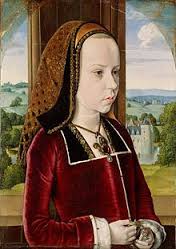
Anne’s parents were Sir Thomas Boleyn of Blickling Hall, Norfolk, and his wife Lady Elizabeth Howard, daughter of the Earl of Surrey. Sir Thomas was noted for his mastery of French - a useful accomplishment, not just because it was the preferred language at Henry VII's court, but also because it was the language of European diplomacy.
Armed with this skill, Sir Thomas undertook a number of embassies abroad, and was on good terms with Archduchess Marguerite of Austria, Regent of the Low Countries. This friendship enabled him to place his daughter, Anne, at Marguerite's court at Mechlin in around 1512. Marguerite writes kindly of Anne's progress and describing her as
'so presentable and so pleasant, considering her youthful age that I am more beholden to you for sending her to me, than you to me.’
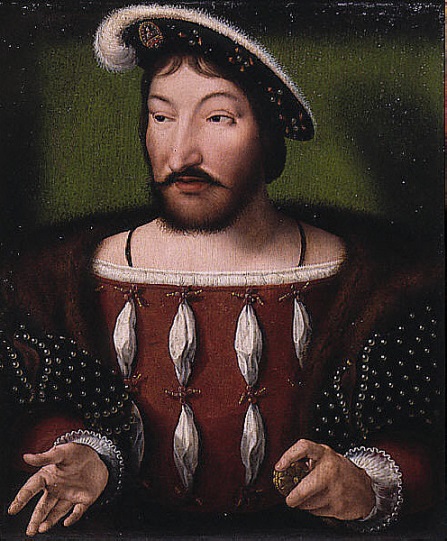
At some point, Anne transferred to the household of the Queen of France, Mary, sister of Henry VIII and then her immediate successor Claude de Valois. The French court under Francois I was a centre of renaissance learning and culture, and Anne thrived in the atmosphere.
Queen Claude was overshadowed, not only by Francois' many mistresses but also by his brilliant sister, Marguerite d'Angouleme, whose interest in Humanist ideas of reform of religion appear to have influenced Anne, although not necessarily at the time.
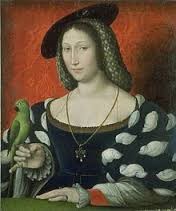
Whilst Claude’s household was a model of chastity, the same could not be said of Francois’ wider court, and it is likely that Anne's sister, Mary, became one of the King's many lovers. There is no evidence that Anne's virtue was compromised in any way. In 1521, Anne may have been reunited with her family, if only briefly, at the Field of Cloth of Gold, if she attended as one of Queen Claude's train.
Success at Court
In 1522, Anne returned to England and was found a place as maid of honour to Queen Katharine of Aragon. Anne's first recorded appearance was in March 1522 at a banquet held at York Place, the home of Henry VIII’s minister, Cardinal Wolsey. The entertainment was for the benefit of the French Ambassadors, and Anne played the role of “Perseverance” amongst other ladies named after virtues, such as Beauty, played by Mary, the French Queen, and Kindness, played by Anne’s sister, Mary.
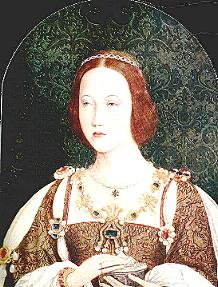
At some point Mary Boleyn had a relationship with Henry VIII – its duration is unknown, as is whether it preceded or succeeded her marriage to one of the King’s courtiers, Sir William Carey.
Anne was destined for a grander match. Her paternal grandmother, Margaret Butler, was a contender for the titles and lands of the Butler Earls of Ormond, and it was agreed, with the King’s support, that Anne should marry James Butler, son of the other contender to settle the matter. For unknown reasons, the match never took place.
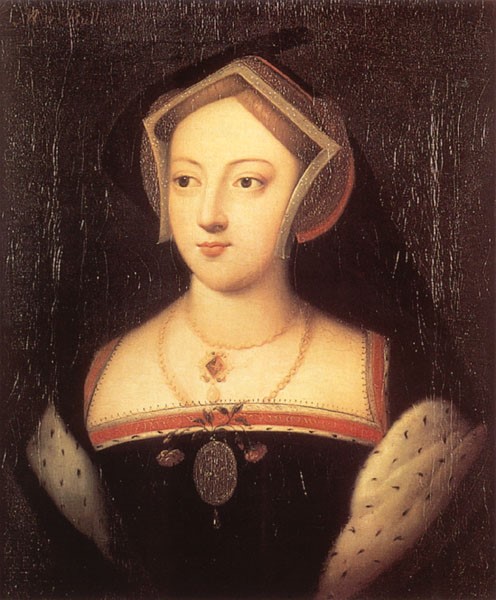
Anne herself had a far more attractive match in mind. Lord Henry Percy, son and heir of the Earl of Northumberland, and a member of the household of Cardinal Thomas Wolsey, was her suitor. This would have been a splendid match for Anne, and it appears the young couple were genuinely in love.
The match was brutally broken off by the Cardinal and the Earl – it has been speculated that Wolsey was acting on Henry VIII’s orders, but there is no evidence, either that he was the cause of the break-up, or if he was, whether his motives were personal or political.
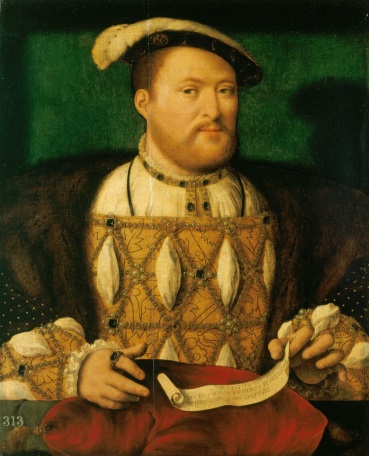
So far as can be ascertained, at some point during 1525, Henry VIII fell victim to Anne’s charms. She was not considered particularly good looking, according to the prevalent tastes, but had a level of sex appeal that drew male admiration. Initially, Henry hoped to make her his mistress. Although he was beginning to wonder about the validity of his marriage to Katharine of Aragon, it would do him a disservice to say that his attraction to Anne was the only motivating factor in his quest for an annulment.
Anne, however, rejected Henry's overtures. Much ink has been spilt on whether she did this to inflame Henry further because she set her sights on being Queen, or whether she did not want to follow the same path as her sister had done. It is possible that Anne, genuinely religious, actually rejected Henry for pure motives, and agreed to pursue the relationship only when he persuaded her that his first marriage was not valid. There can be no doubt that Henry had come to believe his marriage to Katharine was flawed. The fact that his desires and principles happily coincided was not a conscious decision on his part and it would not be at all surprising if he persuaded Anne of his point of view.
Waiting for Marriage

Whatever her motivation, Anne refused to become his mistress, despite the outpourings of love that can still be read in the seventeen extant love-letters he sent her. The next seven years were spent in increasing frustration as Henry sought an annulment from Pope Clement VII, whose hands were tied by the fact that the Emperor, who effectively controlled Rome, was Katharine's nephew.
During these years Anne was constantly by the King's side. If, as has been said, she had made it her ambition to destroy Wolsey after he broke of her match with Percy, then she succeeded. Wolsey was dismissed from his temporal offices, banished to his archdiocese of York, and died, a broken man, en route to London to be tried for treason.
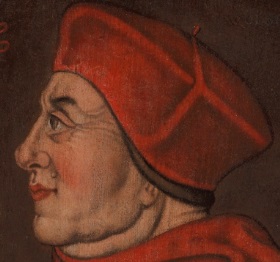
Over time, Anne, perhaps predictably given the unedifying spectacle presented by the delaying tactics employed by Rome and its failure to give Henry a straight answer, seems to have become more and more anti-clerical.
The Imperial ambassador Chapuys called her and her brother, George Boleyn, ‘Lutherans’, but there is nothing to show that Anne's doctrine was anything but orthodox - she was an evangelical, eager to see the Bible translated into English, and to see the flagrant abuses of the clergy remedied.
Anne is credited with having shown Henry the book ‘On the Obedience of a Christian man’, by the exiled ‘heretic’, William Tyndale. In the book, Tyndale claims that God put kings at the top of the hierarchy, not the Pope, and that subjects should be obedient in all things to the King. Unsurprisingly, Henry was thrilled with this ‘This is a book for me and all kings to read,’ he apparently said.
Nevertheless, it was a further four years before Henry finally broke with Rome, and married Anne. Prior to the wedding, he had raised her to the nobility by granting her the title Lady Marquis of Pembroke. Although some women did inherit titles, there is only one previous record of a woman being granted a new title, and that was a promotion from Countess to Duchess.
Armed with her new title, Anne and Henry went to Calais in October 1532 to meet the French King. Humiliatingly, Queen Eleanor (a niece of Katharine of Aragon) and Marguerite d’Angouleme, Queen of Navarre, refused to meet Anne. Francois, however, did meet her and dance with her.
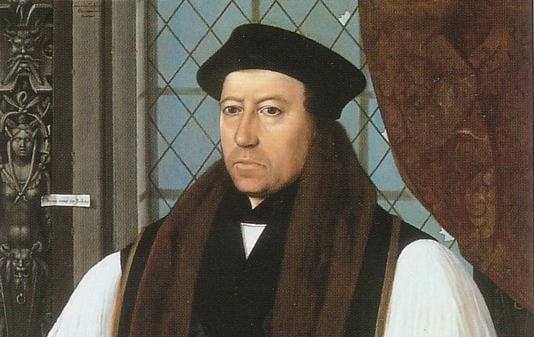
It is probably at Calais that Henry and Anne first slept together. By the New Year, Anne was pregnant, and the couple were secretly married, probably on 25th January 1533.The new Archbishop of Canterbury, Thomas Cranmer, presided over an ecclesiastical court in May of that year, and confirmed that the King’s first marriage was null, and that the union with Anne was valid. She was prayed for as Queen at Easter 1533, and on 1st June she was crowned.
On 7th September 1533, Anne’s child was born, and to the huge disappointment of both parents, was a girl, named Elizabeth. A boy would have vindicated Henry’s annulment and his break with Rome, but to have turned the country upside down for another daughter was a huge blow. Nevertheless, the couple put a brave face on the outcome and hoped for a boy to follow.
Marital Difficulties
Although by 1534, most of the nobles surrounding Henry and Anne were reconciled to outward obedience, Anne’s temperament, which had made her an ideal mistress, did not endear her to Henry as a wife, or to his family or friends as a suitable queen. Role models for girls were meek, demure and obedient saints; or charitable, dignified and gracious queens such as Henry’s mother and Katharine had been. Anne, with her mixture of temper, pride and wit was not fitting easily into the mould.
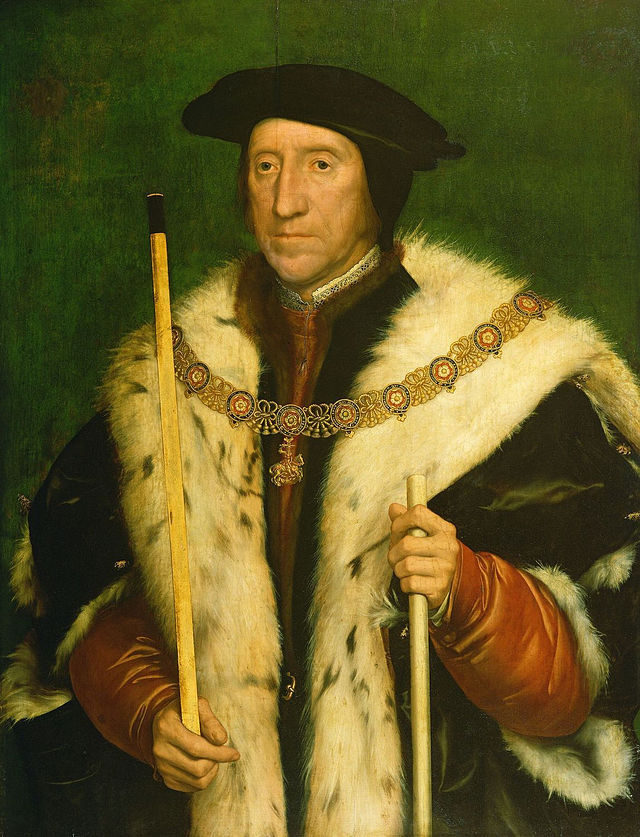
Anne had laid down strict regulations for the seemly conduct of her ladies. Her religious zeal for reform of the Church, and support for evangelical thought was sincere, but her sharp intellect was matched by a sharp, and often spiteful, tongue which alienated many and even irritated her former supporter, her uncle, the rather self-serving Duke of Norfolk. She should have taken more care to keep Norfolk sweet, but seems to have failed to understand that even queens need friends and she would have benefited from some support to counterbalance the barely concealed contempt of the older court ladies – even her aunt, Norfolk’s wife, had refused to serve her, protesting her support of Katharine.
A miscarriage during 1534 did not help the situation, and it was rumoured that Henry had a new mistress. Not much importance was attached to this by the ever-watchful Imperial Ambassador: he suggests that the relationship between Henry and Anne was volatile and punctuated by violent quarrels and equally violent reconciliations. Nevertheless, after eight years of being the only woman Henry would look at, the appearance of mistress must have been very distressing for Queen Anne.
1535 was a difficult year – the executions of Sir Thomas More and Bishop Fisher shocked Europe, and Henry’s daughter, Mary, continued defiant. There was no pregnancy in the early part of the year, or if there were, it ended in miscarriage. King and Queen made an extended summer progress, including a trip to the delightful Sudeley Castle. Perhaps being in holiday mood relaxed them, for by the autumn, Anne was pregnant again.
In order to preserve her health she remained in London whilst Henry and much of the court went on a hunting trip in September, during which he either renewed or began an acquaintanceship with Jane, daughter of Sir John Seymour of Wolf Hall, Wiltshire. Jane was brought to court as one of Anne’s maids-of-honour, and during the winter of 1535-6, Henry paid her attentions that deeply grieved his wife, and made the gender of her unborn child even more important.
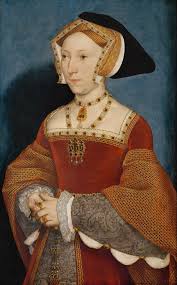
In January 1536 Anne miscarried – possibly as a result of shock when told the King had had a serious jousting accident, possibly through stress over Henry’s relationship with Jane, whom Anne had allegedly found on his lap. There is a theory that the foetus (deemed male) was deformed in some way, and that this led directly to Anne’s downfall as such an occurrence bespoke either witchcraft or some deviant sexual practice. There does not seem to be any contemporary evidence for this theory.
Downfall and Death
So the scene was set for one of the most shocking incidents in English history. On 24th April 1536 the King signed a commission, headed by Anne’s uncle, Norfolk, for investigation into some unspecified wrongdoing. Shortly after, five men, Mark Smeaton, a musician; Sir Henry Norris, Groom of the Stole and one of the King’s closest friends; Sir William Brereton, Sir Francis Weston and, appallingly, George Boleyn, Lord Rochford, Anne’s brother, were all arrested. They were accused of adultery with the Queen, and of conspiring against the King. Smeaton confessed to adultery, perhaps with the aid of torture. The others protested their innocence vehemently, but to no avail.
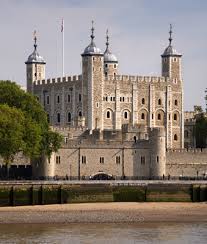
Anne herself was arrested on 2nd May, and the Commission read her the charges before she was conveyed to the Tower of London. Whilst there, she was housed comfortably, but surrounded by women ‘such as I have never loved’ who reported every frightened, hysterical word she uttered.
Anne’s co-accused, except George Boleyn, were tried before her and found guilty, which, of course, meant a guilty verdict against her was inevitable. It had been inevitable from the start. Henry was determined to be rid of her.
At the time, even Anne’s enemies at home and abroad entertained doubts as to her guilt and opinion is divided on whether Henry really thought her guilty. If he did, his behavior was very different from that displayed later when another wife was accused in similar fashion. During Anne’s imprisonment he feasted and danced with Jane Seymour, and seemed to have not a care in the world. According to Chapuys:
‘You never saw prince or man who made greater show of his horns, or bore them more pleasantly.’
Opinion is also divided on the extent of involvement of Henry’s minister, Thomas Cromwell – read more here.
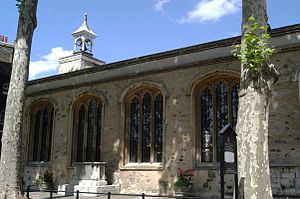
Finally, on 15th May, Anne, Queen of England was tried in the Tower of London, and despite a very eloquent defence, found guilty and sentenced to death by burning or beheading. Her brother, too, was convicted. A swordsman from St Omer in France had already been sent for, in anticipation of the verdict on Anne, and on 19th May, she was executed, having sworn her innocence before taking the sacrament. Her remains were buried in the Church of St Peter ad Vincula within the Tower precincts.
Anne Boleyn
Family Tree






